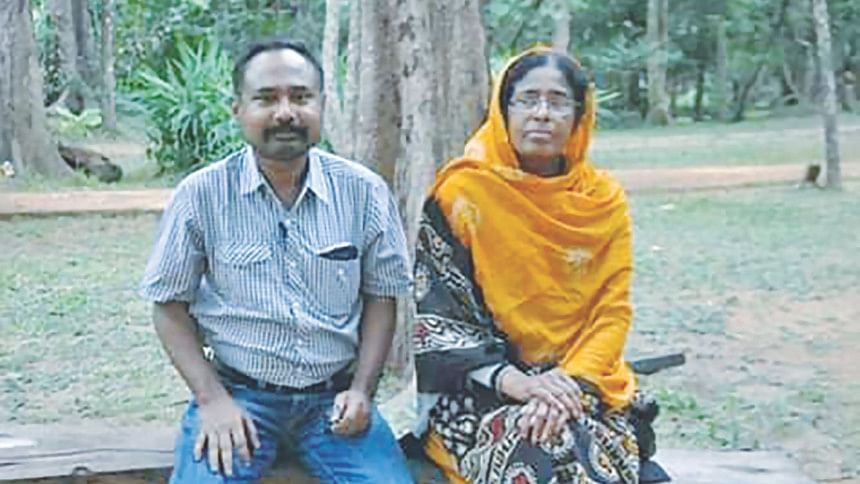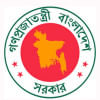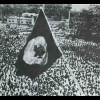The tigress of Sundarbans

A rifle slung on her back, grenades stashed in her pockets, and a five-month-old baby in her arms was how freedom fighters in the Sundarbans witnessed as Khurshid Jahan joined them in the Liberation War in 1971.
She would hop on boats headed for any of the 14 camps in the forest to treat injured warriors, give logistical support, train recruits and even spy on them to see if any of them were traitors.
During the war, Khurshid Jahan was the commander of the women fighters in the Sundarbans sub-sector-9.
She is now a retired banker who spends her time with her family and writing books on the war at her AN Das Lane home in Khulna city.
Khurshid recently spoke to The Daily Star as she reminisced her days as a freedom fighter, while being a college student and a mother.
“I was recruited to scrutinise new comers and arrange training for them, especially the women. I took charge of the camp for women freedom fighters who joined the Liberation War from different parts of country,” Jahan recollected.
“I was a student of PC College of Bagerhat then and was involved in the political movement of 1969. As I was from a teacher's family, I was aware of the political conflicts in Pakistan. My husband Samsul Alom Talukder was a central leader of NAP [National Awami Party]. My elder brother Shafiqur Rahman was an officer of the Pakistan army. He came to Bangladesh in January of 1971 but did not return to Pakistan.”
Her brother's deflection irked the local collaborators of the Pakistan army.
“We were threatened by the local collaborators of Razakar every day…for my absconding brother and my political involvement,” she told The Daily Star.
“The founder of the Razakar Bahani Moulana AKM Yusuf would threaten my mother and our relatives. Then my brother and I fled to Bogi camp in the Sundarbans and appeared before Maj Ziauddin, who was in charge of sub-sector-9.
“Veteran commander Ziauddin was the one who trained me. I also received training from my brother and some retired army officers even though I had a chance to go to India for training,” the freedom fighter said.
“I took 21 days of training on throwing grenades, fighting with guns, swimming and rowing boats. Then we were moved to the Tatul Bunia base camp.”
During the Liberation War, the Sundarbans was the most ultimate place for freedom fighters, where around 24,000 of them trained in 14 camps.
“Because of my child, I was, much to my despair, never allowed to fight in front line despite having the training and skills,” she said.
But her thirst for liberation and urge to fight for it made her take matters into her own hands.
One day, the 21-year-old mother and fighter took her boat to the commander's office and stole his trousers and jackets.
“I thought with my height [5'8] and a pair of trousers and a jacket, I would not be recognised. But I was caught red handed and had to face punishment. I had to sew 10 t0 15 mosquito nets in addition to my regular duties,” she said.
“Indeed, I had a five-month-old infant with me but to me the wellbeing of the teenage freedom fighters was more important than that of my own child.”
Her commander then talked to her about the importance of her position. He told her that she had a well-trained pair of hands which could be turned into 2,000 hands if she trained and motivated others.
From then on, Jahan would oversee the making of over 1,000 breads, the nursing of injured freedom fighters, and the training of freedom fighters every day.
He son Asaduzzaman Taj, now working abroad as a development worker on disaster management, said he feels proud of what his mother had done during the Liberation War.
“It was a blessing for me that I was taken care of by freedom fighters at the camps of the Sundarbans during the war,” he said proudly.

 For all latest news, follow The Daily Star's Google News channel.
For all latest news, follow The Daily Star's Google News channel. 








Comments